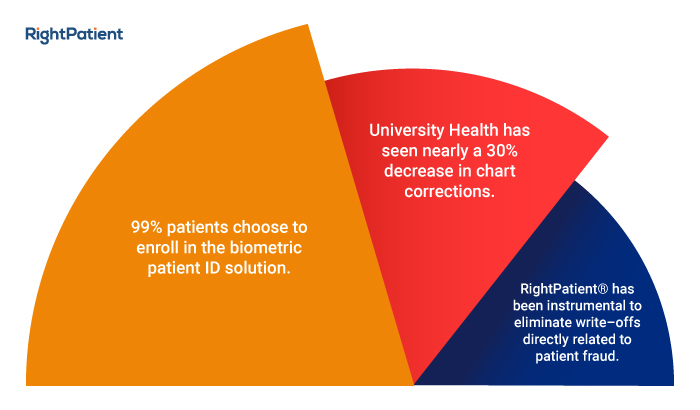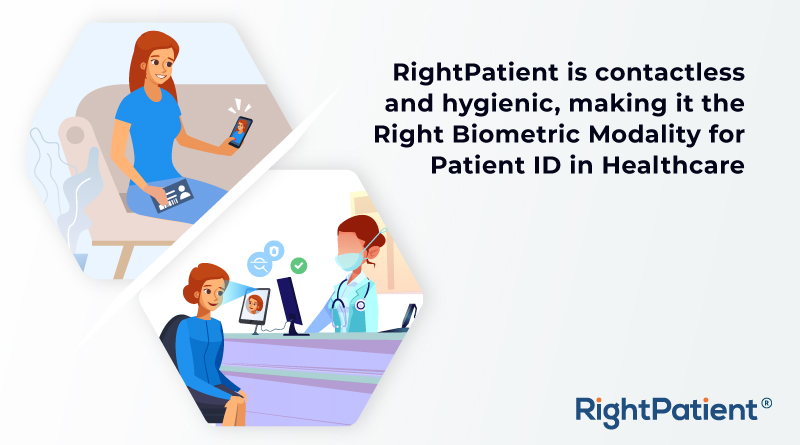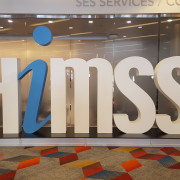How We Address the Patient ID Challenge in Healthcare
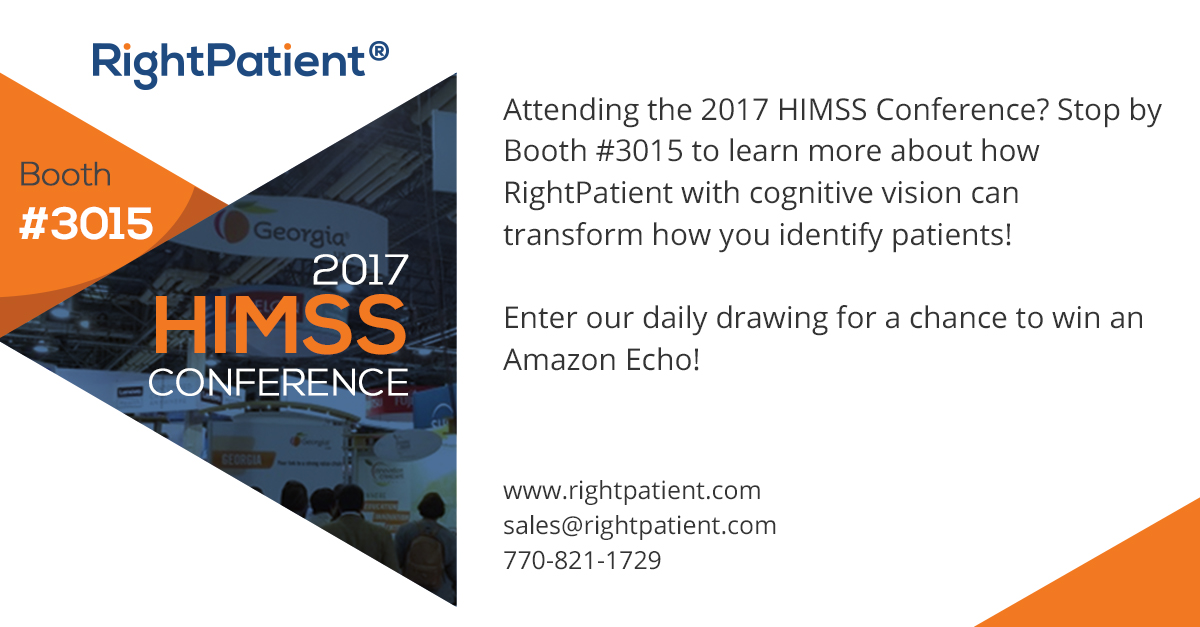
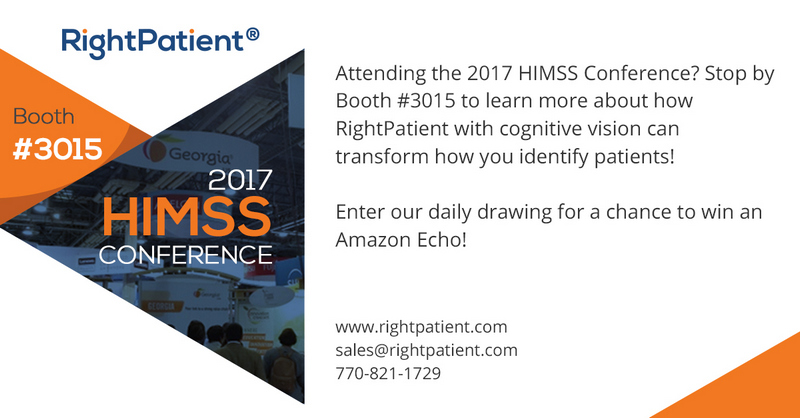
We offer a “holistic” approach to patient ID in healthcare through an intuitive solution that has the ability to identify patients no matter where they are along the care continuum.
The Patient ID Challenge
It is well known that accurate patient identification in healthcare is a key linchpin for safe and effective care delivery. Traditionally defined as the ability to accurately identify a patient during a physical trip to the hospital or doctor’s office, the rapid digitization of healthcare has opened up a host of new touchpoints along the care continuum, creating a strong need for healthcare organizations to re-think their approach and evolve to a patient identification strategy beyond collecting a government issued ID, insurance cards and patient demographics. Many are evaluating the use of biometrics to improve patient identification accuracy and patient safety.
Healthcare organizations are in a sticky predicament. In addition to addressing the most common patient identification challenges, which include:
- Patients having common names
- No ID present
- Patients stealing or sharing identities and insurance
- Frequent flyers/drug seekers
- Staff entering the wrong information
they must now factor in new touchpoints borne from the aforementioned digitization of the industry, such as:
- Telemedicine
- Connected health/mHealth devices
- Patient portals
- Home health visits
In other words, healthcare organizations must now address patient ID in a “holistic” manner — adopting versatile technology that can be used at any point along the care continuum, no matter where a patient seeks care or access to protected health information (PHI).
As the healthcare industry transitions to value-based care, there is no arguing that the increase in new patient touchpoints along the care continuum has increased convenience and efficiency. However, it also raises new risks that can quickly pollute data integrity and endanger patient safety. Investing in a biometrc patient ID solution that covers in-person visits is smart, but without the ability to quickly scale the technology and cover the new touchpoints mentioned above, it can be a huge risk to healthcare organizations.
How RightPatient® Addresses the Patient ID Challenge
We approach the patient ID challenge from a different angle. Instead of pushing a biometric solution that limits healthcare providers to verifying patient identities when they arrive for an appointment or emergency, our patient identification platform uses biometrics, cognitive intelligence and deep learning to recognize patients at provider sites, during virtual encounters (e.g. patient portals, telemedicine) and in care environments outside of a hospital, clinic or doctor’s office.
Offering the industry’s most advanced, scalable, and versatile patient ID platform based on over 15 years of experience in biometrics, system integration and cloud computing, RightPatient’s core cognitive vision technology empowers healthcare providers to recognize patients with ease and accuracy from ANY end point:
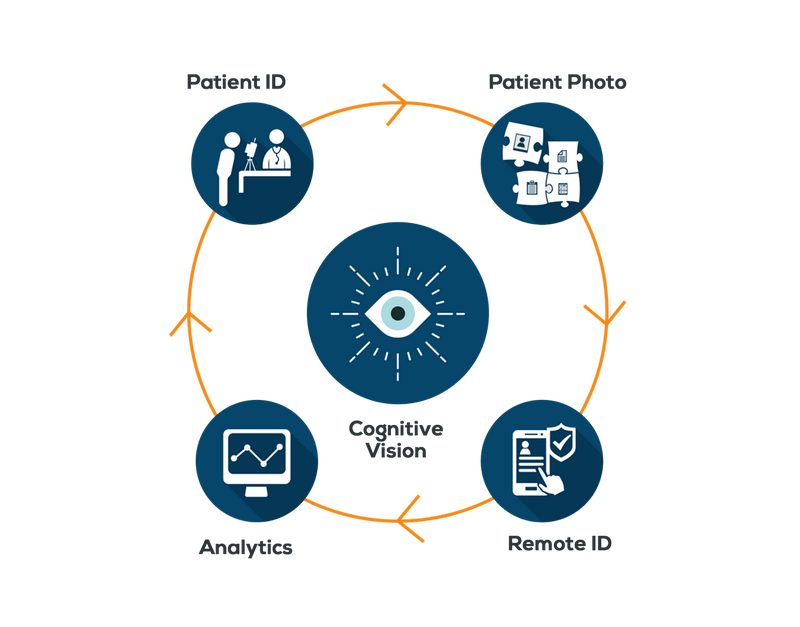
- Patient ID – Accurately identify patients at registration areas, kiosks, the ED & more; retrieve the correct medical record to prevent duplicates, fraud & human error
- Patient Photo – Improve safety and personalize the patient experience by embedding patient photos in the medical record and other applications through the RightPatient® photo integration server
- Portable ID – Strengthen security and patient safety by recognizing patients during portal login, telehealth visits, other remote encounters, and with our unique PatientLens™ smartphone app
- Analytics – Aggregate and analyze patient visit data, and access a concrete audit log of visits with patient photos for compliance and dispute resolution
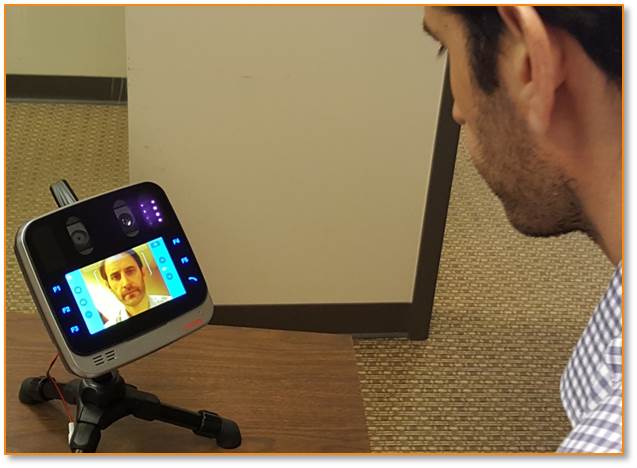
A patient takes “selfie” photo with a non-contact camera, which can be used for subsequent authentication at any point along the care continuum.
Using RightPatient, healthcare providers can accurately identify patients by simply taking their picture, offering these distinct advantages that no other patient ID solution can match:
- No hygiene issues (non-contact)
- The most accurate solution – nearly 3 times more accurate than any other method
- Scalable, real-time duplicate prevention (identify without having to enter DOB or other credentials)
- Very fast enrollment & 1:N matching speed (identify in seconds)
- Minimum enrollment age: 1 year
- Simultaneous photo capture
- Not locked into a single device or manufacturer ; lowers long-term risk
We extend the flexibility of our intuitive and best-of-breed patient ID platform through PatientLens™ which turns any off-the-shelf smartphone or tablet into a reliable patient identification tool, empowering clinicians to accurately identify patients through its combination of facial recognition and deep learning capabilities. Designed to quickly identify a patient by using the camera on any smart device, PatientLens™ reduces risk and improves quality by enabling clinicians to easily and accurately verify patient identities, even when they are unconscious.
Conclusion
The inability to accurately identify a patient throughout the care continuum is a huge risk for healthcare providers. Healthcare digitization and the explosion of virtual access to data and care necessitates a more “holistic” approach to patient identification. This will improve patient safety and reduce provider costs while preventing the risk of data breach and adverse health events.
Healthcare organizations need a versatile, scalable solution with seamless EHR integration that removes the IT burden during implementation and offers a flexible adoption model. If you have been thinking about adopting biometrics for patient identification for your organization and want to learn more about our solution and how we are revolutionizing this critical part of effective and safe care delivery, please visit us at HIMSS in Booth 3015 to see a demo and learn more.

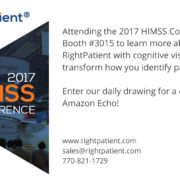
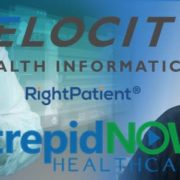




 Michael Trader is President and Co-Founder of RightPatient®. Michael is responsible for overseeing business development and marketing activities, government outreach, and for providing senior leadership on business and policy issues.
Michael Trader is President and Co-Founder of RightPatient®. Michael is responsible for overseeing business development and marketing activities, government outreach, and for providing senior leadership on business and policy issues.


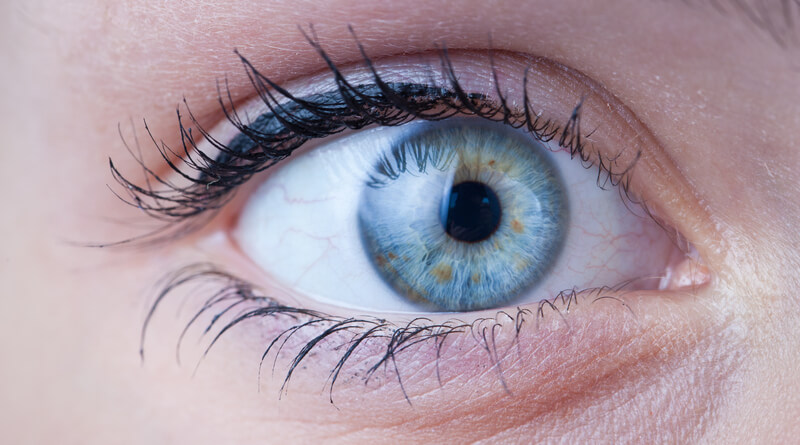
 Brad Marshall is an Enterprise Development Consultant with RightPatient®. With several years of experience implementing both large and small scale biometric patient identification projects in healthcare, Brad works closely with key hospital executives and front line staff to ensure project success.
Brad Marshall is an Enterprise Development Consultant with RightPatient®. With several years of experience implementing both large and small scale biometric patient identification projects in healthcare, Brad works closely with key hospital executives and front line staff to ensure project success.


